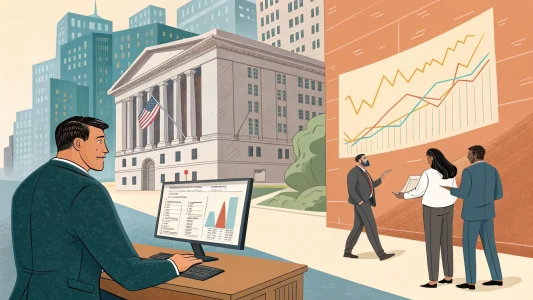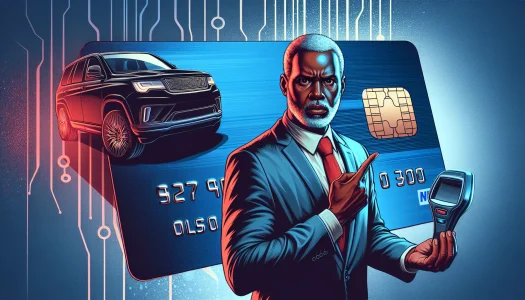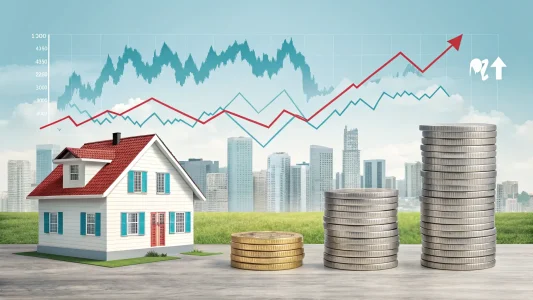Choosing where to keep your money might seem like a mundane decision, but it’s one of the most critical financial choices you’ll make. After watching Steve Chen’s CALLEDTOLEAP talk about the worst banks for savings in 2025, I realized how many Americans are being quietly robbed of potential earnings by major financial institutions.
The numbers are shocking. While major banks offer a pitiful 0.01% APY on savings accounts, high-yield alternatives are paying 3-5% interest. This isn’t just a small difference—it’s the difference between earning pennies versus hundreds of dollars monthly on your emergency fund.
Table of Contents
ToggleThe Banking Villains of 2025
According to Chen, these major banks should be avoided for storing significant savings:
- Bank of America – Charges an $8 monthly maintenance fee unless you meet specific requirements, while offering a measly 0.01% APY
- Wells Fargo – Imposes $5-$35 monthly fees depending on account requirements, with the same pitiful 0.01% APY
- Chase – Also offers just 0.01% interest despite their excellent customer service and ATM network
What does this mean in real terms? Chen shared that Chase paid him just 92 cents in interest for an entire year. That’s not a typo—less than a dollar for letting the bank hold and use his money for twelve months.
View this post on Instagram
The Real Cost of Banking Loyalty
I’ve been guilty of this banking complacency myself. For years, I kept my emergency fund at a major bank because it was “convenient.” The branch was nearby, the app worked well, and I rarely thought about the interest rate. But this convenience came at a steep hidden cost.
“After moving my emergency fund into a high yield savings account, I get anywhere from $3 to $400 a month.”
Chen’s statement hit me hard. By keeping my savings at a traditional bank, I was essentially donating hundreds of dollars monthly to an institution that was already profiting from my deposits. These banks use our money to make loans at much higher interest rates, yet return almost nothing to us.
This isn’t just poor customer service—it’s a business model built on customer inertia and financial illiteracy.
Breaking Free from Banking Inertia
The solution is simpler than most people realize. High-yield savings accounts offer the same FDIC protection as traditional banks but pay 300-500 times more interest. Many have no minimum balance requirements or monthly fees.
What’s stopping most people from making the switch?
- Misplaced loyalty to established banking relationships
- Fear of the unknown or perceived complexity of opening new accounts
- Simple unawareness of how much money they’re leaving on the table
I understand these concerns. Change can feel risky, and financial decisions carry significant emotional weight. But the math is undeniable—keeping substantial savings at major banks is a costly mistake.
My Plan Now, in 2025
After seeing Chen’s breakdown, I’m taking action. While I’ll keep my checking account at my current bank for daily transactions, my emergency fund and savings will be transferred to a high-yield account immediately.
The difference will be substantial. On a $20,000 emergency fund, the difference between 0.01% and 4% is $799 annually—money that belongs in my pocket, not the bank’s profit margin.
Don’t let big banks take advantage of your loyalty or inertia in 2025. Your money deserves to work as hard for you as you worked to earn it. The banking industry counts on consumers not paying attention to these details, but now you know better.
Financial freedom begins with small, smart decisions, such as where you keep your cash. This year, I’m choosing to stop subsidizing bank profits with my savings. I suggest you do the same.
















